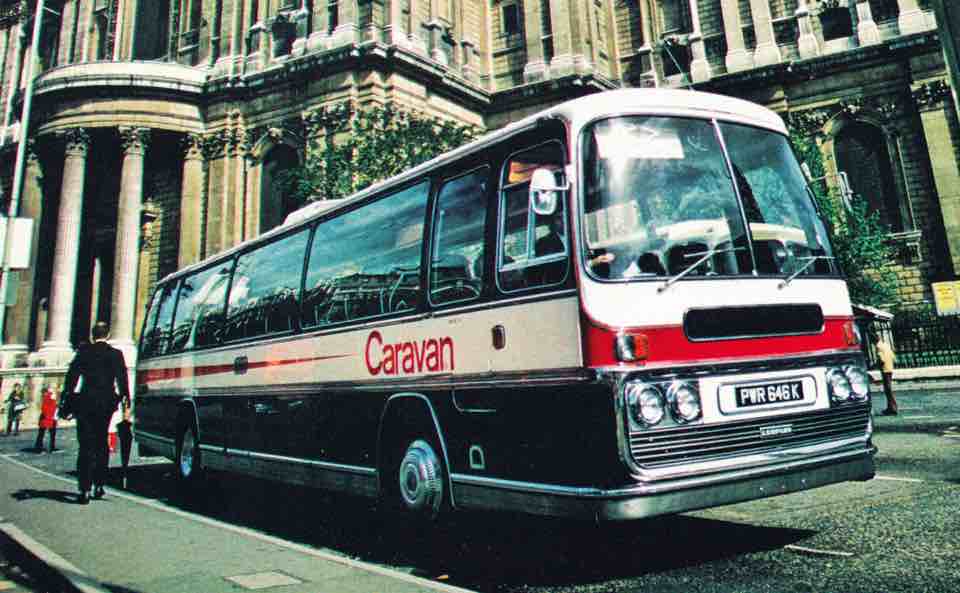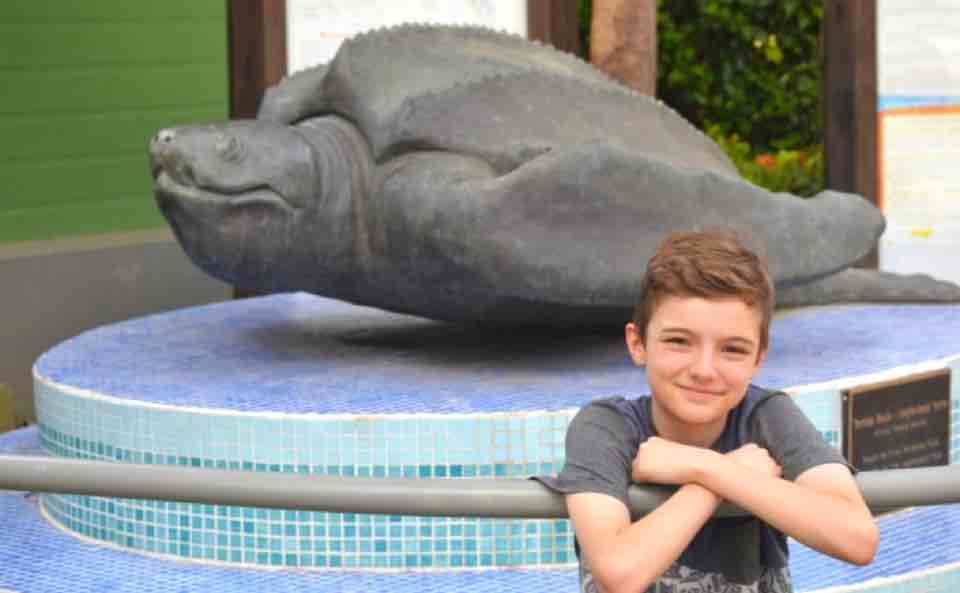Ancient Ruins of Mitla
The Mitla Ruins are unlike any other ancient site in Mexico. Instead of pyramids, the ancient Zapotec and Mixtec architects built a subterranean temple, underground labyrinths, and decorated tombs—all beneath structures in which regular people lived.
Discover the long-hidden secrets of Mitla’s ancient history. Then, learn how to experience the legendary place yourself.
The Ancient History of Mitla: Place of the Dead
The ancient ruins of Mitla have long been rumored to be the site of a legendary door to the underworld. In the past few years, archeologists with new technology have started discovering just how true those legends are.
Mitla is the second largest archeological zone in Oaxaca; the only larger site is Monte Albán.
The first buildings and settlements in the Mitla site, in the Oaxaca Valley, were likely built as long ago as 900 B.C. The ancient Zapotec civilization built the site and inhabited it continuously for thousands of years. Around 1000 A.D., the Mixtecs joined the Zapotec, influencing the culture and architecture, and taking some political control of the area.
Mitla became known as The Place of the Dead for its elaborate ossuaries, tombs, and temples of transition to the afterlife. The word “Mitla” itself likely comes from the Mixtec word for the center: Mictlán, a Nahuatl-rooted word for both the physical and spiritual space people abide in after they die.
Even today, a soul’s “journey to Mictlán” is an important part of the culture and spirituality of Mesoamerican peoples.
Zapotec and Mixtec religions believed the spirits of dead nobles could intercede with the gods on behalf of regular people. The most impressive space dedicated to this purpose was the Temple of Lyobaa.
Temple of Lyobaa
Lyobaa is the Zapotec term for the underworld in the afterlife.
For centuries, the Temple of Lyobaa was hidden from view. Those who visited the Mitla Ruins could explore a few of the below-ground, cross-shaped tombs, including those reached by descending from the Patio of Tombs. These held ritual burial rooms and entombed high priests.
Yet, the Temple of Lyobaa itself proved elusive. Legends claimed it was almost 70 miles underground, the chasamous entrance to the underworld.
Unearthing Mitla’s Gate To The Underworld
In 2022, archeologists began to sort the myth from reality. With new technologies, they began to map the subterranean tunnels and tombs of the true Temple of Lyobaa beneath the site.
Using precise SONAR and 3D modeling technology, archeologists found the entry to sprawling, ancient labyrinths intersecting with the valley’s natural caves and grottoes. The entrance to the underground catacombs was right beneath the Church Group: a set of ancient Mitlán buildings where the Spanish built the Church of San Pablo.
Beneath the main altar of the church was a concealed door, behind which was a long-blocked passage.
Once the door was opened, the archeologists could expand their map. As yet, it’s still unclear just how far down and West the tunnels go.
In the meantime, the ancient Ruins of Mitlan inspire awe in visitors drawn from around the world. The above-ground level and the first basement offer truly incredible sights.
Visiting Mitla: Q & A
Curious about visiting the Ruins of Mitla? Our experts answer your questions.
Where Is Mitla Located? (Directions)
The Mitla Ruins are within the San Pablo Archeological Zone (San Pablo Zona Arqueológica). Its associated museum is used as its address:
Vila de, Cam. Nacional, San Pablo, Centro, 70438 San Pablo Villa de Mitla, Oax., Mexico
The archeological zone is in the municipality of San Pablo Villa de Mitla, 38 km southeast of the city of Oaxaca. It’s surrounded by the Sierra Madre del Sur mountains.
How Do You Get There?
Most visitors ride out to the archeological zone from the city of Oaxaca, a 50-65 minute drive. The parking lot entrance to the ruins isn’t exactly at the museum entrance. Instead, you’ll find it at this address:
Zona Arqueológica de Mitla,
Lázaro Cárdenas, Los Presidentes, Centro, 70430 San Pablo Villa de Mitla, Oax., Mexico
Travel from Oaxaca City to the Mitla ruins by private tour bus or taxi, colectivo, or public transit. It is not possible to walk to the ruins, and only the most ambitious travelers attempt the 30+ mile journey by bike.
Private Tour Van Or Taxi
A private car or taxi can take you directly to the entrance, particularly if you’re leaving from Oaxaca. You can also join a tour or group paying for round-trip transportation to and from the ruins.
A round trip from Oaxaca to Mitla and back in a private van can cost anywhere from MX $60 - $430 (usually USD $3 - $20).
Colectivos (Shared Taxis)
Several colectivos (shared taxis) run routes between Oaxaca and Mitla. Most cost only MX $20 for a round trip, which is typically around USD $1.
Visitors can catch a colectivo to Mitla at:
- The Northeast side of the main bus station, Central de Autobuses ADO terminal
- 5 de Mayo 1018 Barrio de Jalatlaco De Jalatlaco Oax., Mexico
- Multiple stations along Blvd. Jose Vasconcelos (MEX 190)
Public Transit (Bus)
If you’re taking public transit, buses run from the city of Oaxaca to the Mitla Ruins every 30 minutes. Public buses may cost as little as MX $8, though first-class buses cost more than colectivos. You can catch any of the buses at any bus stop along the route, including:
- The stop just outside Estadio Eduardo Vasconcelos (the baseball stadium)
- The bus stop at Chedraui La Noria (a supermarket)
- The stop at Central De Abastos - Juárez Maza (an outdoor market)
- One of the stops along Highway 190 South, between Oaxaca City and Mitla
Notably, the bus stops along the highway are all less than half a mile from Central de Autobuses ADO, the main bus terminal in the city.
Hours & Admission
The Zona Arqueológica de Mitla encompasses both the ruins themselves, and an associated museum. The museum is dedicated to preserving artifacts from the Mitla ruins, funding the excavation, and teaching visitors about their history.
Hours
After briefly closing in 2020, the site re-opened with slightly more limited hours. It’s no longer open on Mondays. Zona Arqueológica de Mitla’s open hours are:
- Sunday: Opens at 10:00 AM. Closes at 2:00 PM. No tickets sold after 1:30 PM, and no entry after 1:45 PM.
- Monday: Closed.
- Tuesday - Saturday: Opens at 10:00 AM. Closes at 4:00 PM. No tickets sold after 3:30 PM, and no entry after 3:45 PM.
Notably, certain public webpages have yet to update their information to the new hours, and some travelers have reported friendly staff allowing them into the site early. Still, officially, the site doesn’t open until 10:00 AM.
Admission Price & Rules
Admission to the site and museum is MX $100.00 (approximately USD $4.88).
If you’re bringing a camera, you’ll be charged a small additional fee.
Discounts are available to Mexican citizens who are students, teachers, seniors, and children 11 or younger. Non-citizens can get discount rates by following the museum on social media, and taking advantage of promotions.
To be admitted to the site, visitors must follow the rules:
- No smoking
- No outside food
- No pets
What Should You Bring On Your Visit?
Visitors should bring what they need to enjoy a hike in warm-to-hot weather and low humidity. For most people, this means:
- Hiking shoes
- Comfortable clothes
- Sunblock and shading apparel
- Mosquito-repelling garments, spray
- Bottled water
- First-aid kit for potential scrapes, sprains, and heat exhaustion
- Camera (and cash for camera fee)
To preserve the archeological site, authorities do not allow visitors to bring food in. So, to stay nourished on your hike, eat some non-messy food on the drive from Oaxaca to Mitla. Bananas, string cheese, and beef jerky are all good options.
What Not to Miss
Mitla isn’t the most famous of Mexico’s ancient civilizations, but you wouldn’t want to skip it. From its well-preserved ancient artworks to its surreal catacombs, there’s a lot to experience during a visit.
Grecas Carved In Halls & Priest Tombs
Elaborate geographic patterns are carved into the palace courtyard and the halls leading to tombs. The visual motifs are culturally significant, and archeologists find similar interlocking shapes in carvings throughout ancient Zapotec culture.
Many of the most striking carvings are found throughout Patio de las Grecas.
Grupo del Norte Structures (North Group or Church Group)
These structures open into a courtyard in front of the ruins of a palace. The main entrance leads to San Pablo Church. According to legend, the altar at this church is one of the entrances to the underworld, or a “back door” to a miles-deep subterranean chasm.
Grupo de las Columnas (Group of the Columns)
The Columns Group centers the Palace, and it’s situated just South of the Church Group. The courtyard is decorated with mosaic fretwork, and the paths lead to antechamber buildings housing the tombs of Zapotec high priests.
Column of Life & Death
One pillar in the columns group has taken on a mythology of its own: the Columna de la Vida (Column of Life). Intriguingly, it’s sometimes also called the Column of Death.
In the underground network of funerary tunnels, the column seems to stand alone in its chamber. According to legend, if someone wraps their arms around the column, they learn how long they have left to live.
One version of the legend says the amount of space between a person’s hands when they hug the column measures their remaining lifespan. In other accounts, the pillar vibrates, or it delivers the insight spiritually.
How specific the insight is, and whether the knowledge is a gift or a curse, is a matter of debate. That said, the Column of Life is often blocked off, as people’s frequent interaction with it means it often requires repair.
Patio de Mosaicos (Patio of Mosaics)
The Patio of Mosaics is the best place to see the most iconic artwork in Mitla’s ruins: Zapotec mosaics. Each mosaic is made of intricately shaped, interlocking stones pressed into panels. The stones are polished, and each is cut to fit perfectly. No mortar is needed to hold them in place.
The geometric friezes are the most notable fretwork decorating the courtyard and halls. Yet, the space also holds ancient, painted frescoes. In Courtyard A, red and orange murals depict scenes from the afterlife and mythical figures.
Patio Sur
This patio is found via the Hall of Columns. It leads to two underground tombs, and a network of subterranean catacombs.
Most of the underground tunnels are still inaccessible to visitors. However, the entrance at Patio Sur allows visitors to descend slightly below ground.
Experience Mitla Up Close On Caravan’s Oaxaca Tour
At Caravan, we’ve honed the art of affordable, stress-free travel. Our guides curate all-inclusive trips to extraordinary destinations: breathtaking natural landscapes, intriguing cultural events, and can’t-miss ancient wonders—like Mitla’s Ancient Ruins.
Visitors can experience Mitla’s mysteries up close with Caravan’s curated 8-Day Tour of Puebla and Oaxaca. All activities, transportation, lodging, and meals are hand-picked and booked well ahead of time, every day of the trip. The only thing left to do is enjoy!
To book your spot, or to learn more, call us toll-free at 1-800-CARAVAN or 1-800-312-321-9800.

 Why Travel with Caravan?
Why Travel with Caravan?



